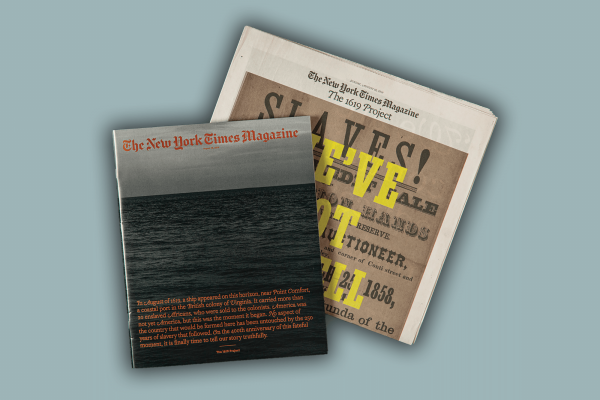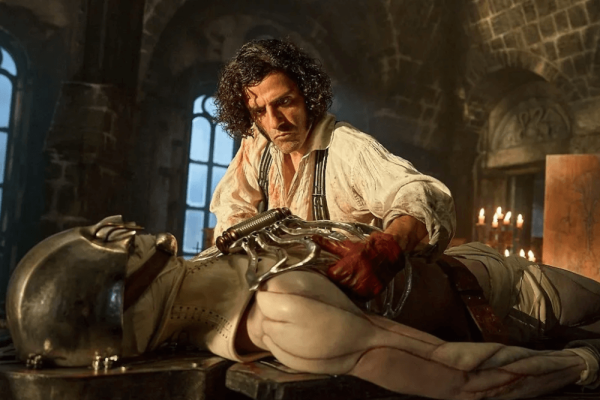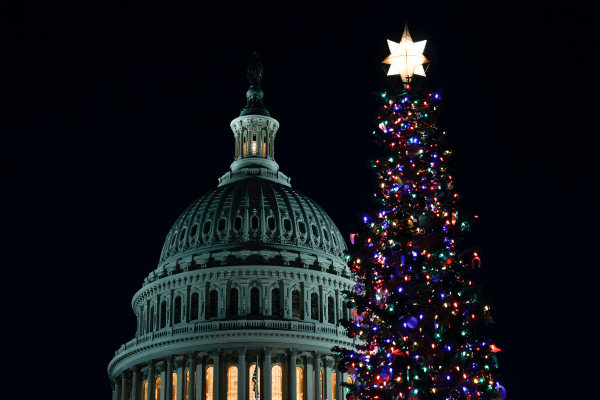IN AUGUST 2019, The New York Times published a special edition of its magazine, with an accompanying podcast, to note the 400th anniversary of the arrival of the first Africans in the Virginia colony. They called the total work “The 1619 Project.” As a Times blurb for the project put it, “American slavery began 400 years ago this month. This is referred to as the country’s original sin, but it is more than that: It is the country’s true origin.”
Almost a year later, “The 1619 Project” became a school history curriculum, and in the waning days of his presidential administration Donald Trump pushed back with plans for a “1776 Commission” to promote “patriotic education” and counter the claim that “America is a wicked and racist nation.”
It’s not surprising that a nation in which everyone has a right to their own facts may end up with two foundings. However, while those who emphasize the centrality of African enslavement in the American story are certainly closer to the truth, both the champions of 1619 and 1776 are missing something crucial. For all the things it got right, “The 1619 Project” over-simplified the origins of the U.S. slave system. As the eminent African American historian Nell Irvin Painter wrote in The Guardian, “People were not enslaved in Virginia in 1619, they were indentured. The [first] Africans were sold and bought as ‘servants’ for a term of years, and they joined a population consisting largely of European indentured servants, mainly poor people from the British Isles.”
For the next few decades, the African and English indentured servants lived and worked side by side. They shared a common plight, a common life, and a common enemy. They socialized together, they sometimes intermarried, and in 1676 they rebelled together. Bacon’s Rebellion (named for its leader, Nathaniel Bacon) began as a movement of frontiersmen demanding more support in back and forth raids between them and local Indigenous people. But, after Bacon promised freedom to any servant who joined him, the movement snowballed into an uprising of the colony’s Black and white have-nots against the wealthy landowners. It was only a moment, but in that moment we can, in history’s rearview mirror, catch a glimpse of the multiracial democratic commonwealth that might have been—the possibility of which struck terror in the hearts of Virginia’s plantation-owning elite.
Eventually, Nathaniel Bacon died of dysentery, and British troops arrived to suppress the remaining rebels. When order was restored, the colonial rulers acted to make sure nothing like Bacon’s Rebellion would ever happen again. They began putting in place the legal basis to enslave Africans for life and placate the discontent of poor whites. In the years to come, the ideology of white supremacy would evolve to justify these new arrangements.
So the very concept of race in America began as a way to divide the working class and ensure the domination of the wealthy. That is still what it’s for today, and 1676 explains it all.

Got something to say about what you're reading? We value your feedback!







